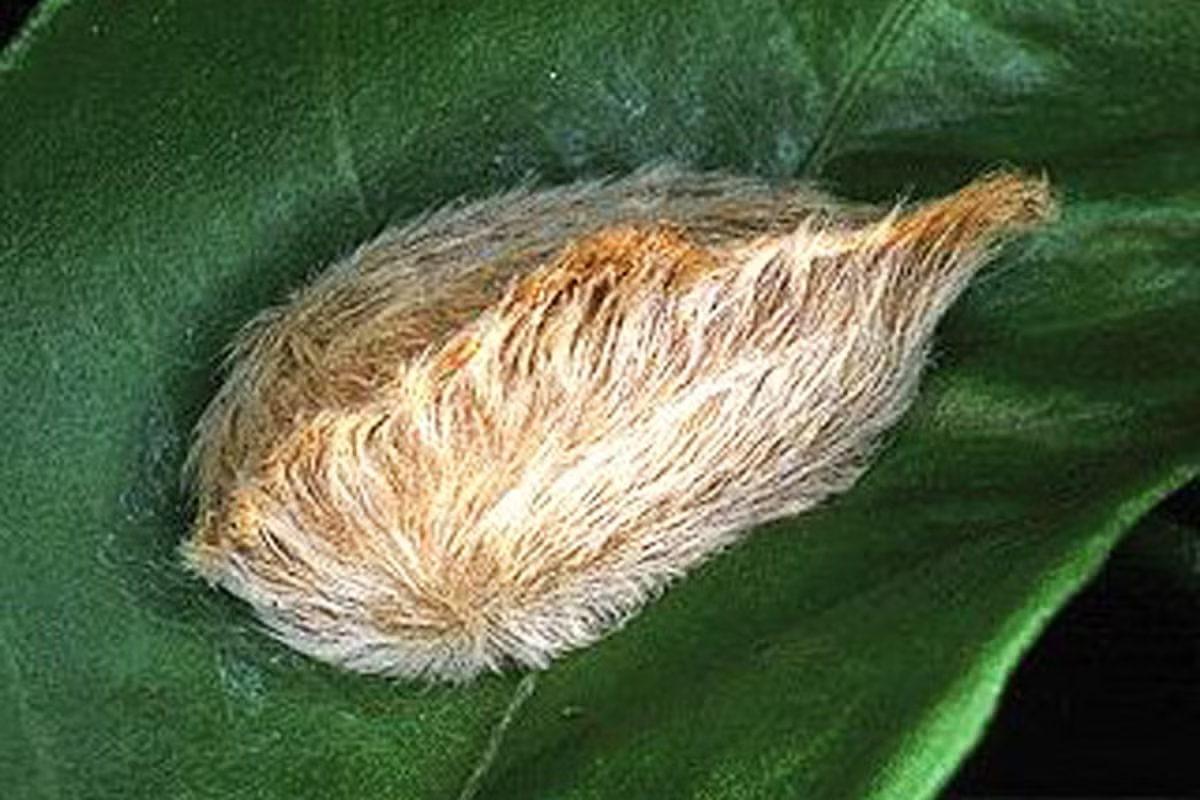
Florida officials are warning residents to stay away from a type of venomous caterpillar that can be found in the state during the fall.
The creepy-looking critters, known as “puss caterpillars,” appear to be covered in soft, touchable hairs. However, underneath its fuzzy exterior are stiff spines connected to poison glands.
While they may seem soft and unassuming, puss caterpillars are very dangerous and should not be touched, according to experts at the University of Florida.
If a person comes in contact with the bug’s poisonous spine, it will break off and stick to their skin, causing immense pain.
A Florida resident shared a picture of a fuzzy puss caterpillar spotted on their fence with ClickOrlando, warning: “Be very careful picking up debris and/or hand tools that lay in the backyard.”
Another Floridian shared her horrifying experience encountering one of the caterpillars during her son’s sports practice in 2019.
“All of a sudden, I couldn’t breathe. I thought I was going to pass out — and then came the pain,” Bri Oteri, of Dade City, told the outlet at the time.
“In my chest, in my entire right arm, radiating from my wrist all throughout my shoulder,” she continued. “The pain was so excruciating. I was hysterically crying in the hospital, pleading for the doctors and nurses to help me. Morphine didn’t even touch the pain.”
The caterpillars can be difficult to see, as they usually only measure about an inch in length with grayish-brown hairs, meaning they can blend into wood. To make matters more difficult, the bugs are typically found on oak, citrus and elm trees.
Lisa Thompson with the Florida Fish and Wildlife Conservation Commission told the outlet that while the species has a venomous spine, they do not pose a threat to people “unless directly handled.”
Thompson noted the bugs are “very much part of Florida’s native fauna.”
“They’re also beautiful and ornate; if you observe one, simply appreciate from a distance,” Thompson said.
While a prick from one of the caterpillars may require medical attention, Florida’s Poison Control Center in Tampa has some advice for anyone who may be stung:
- Apply Scotch tape over the affected area and strip off repeatedly to remove the spines.
- Apply ice packs to reduce the stinging sensation.
- Follow up with a paste made of baking soda and water.
- If you have a history of hay fever, asthma or allergy, or if allergic reactions develop, contact a physician immediately.
Puss caterpillars can be found as far north as New Jersey, all the way down to Florida, as well as as west as Arkansas and Texas, according to the Fish and Wildlife agency.
After making cocoons, the caterpillars become “flannel moths,” which have yellow front wings and cream hindwings.
Fortunately for Floridians, the caterpillars only come out twice a year: Once in the fall and once in the spring.
